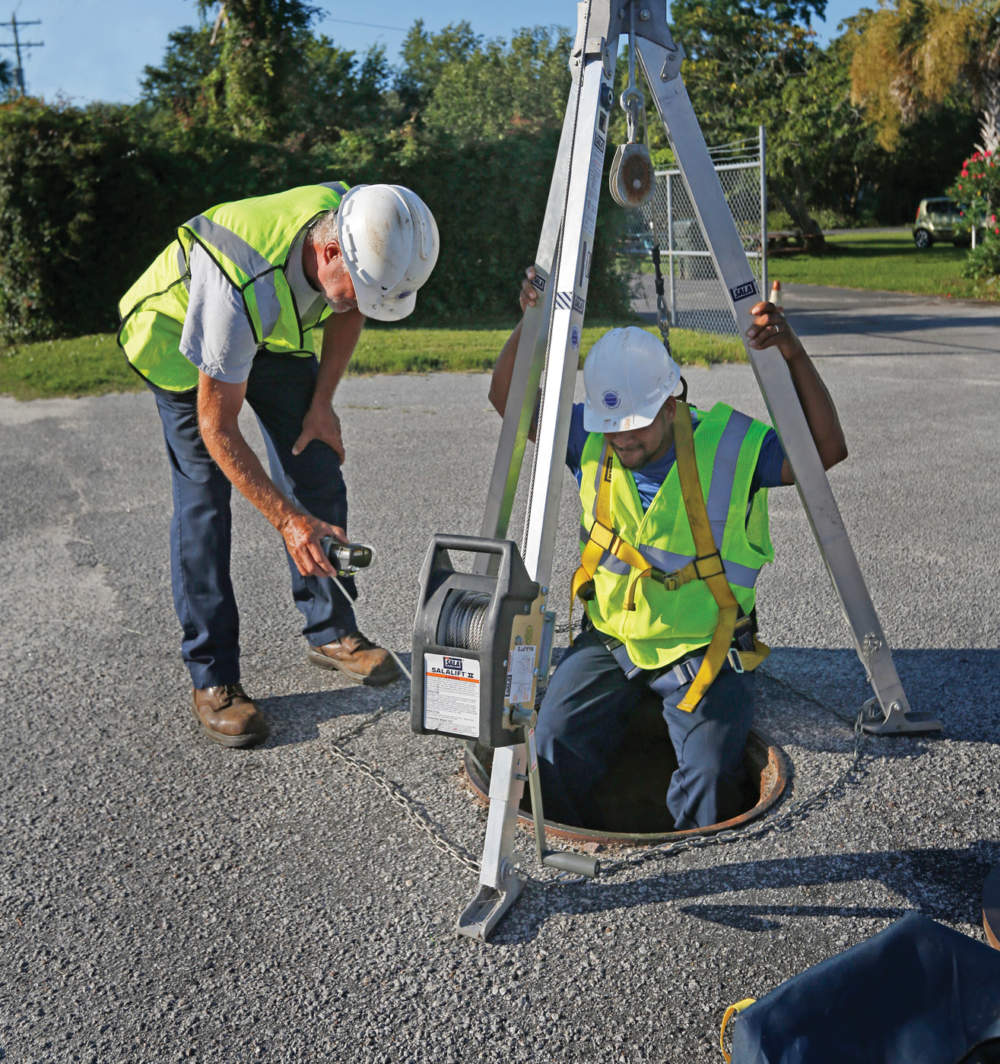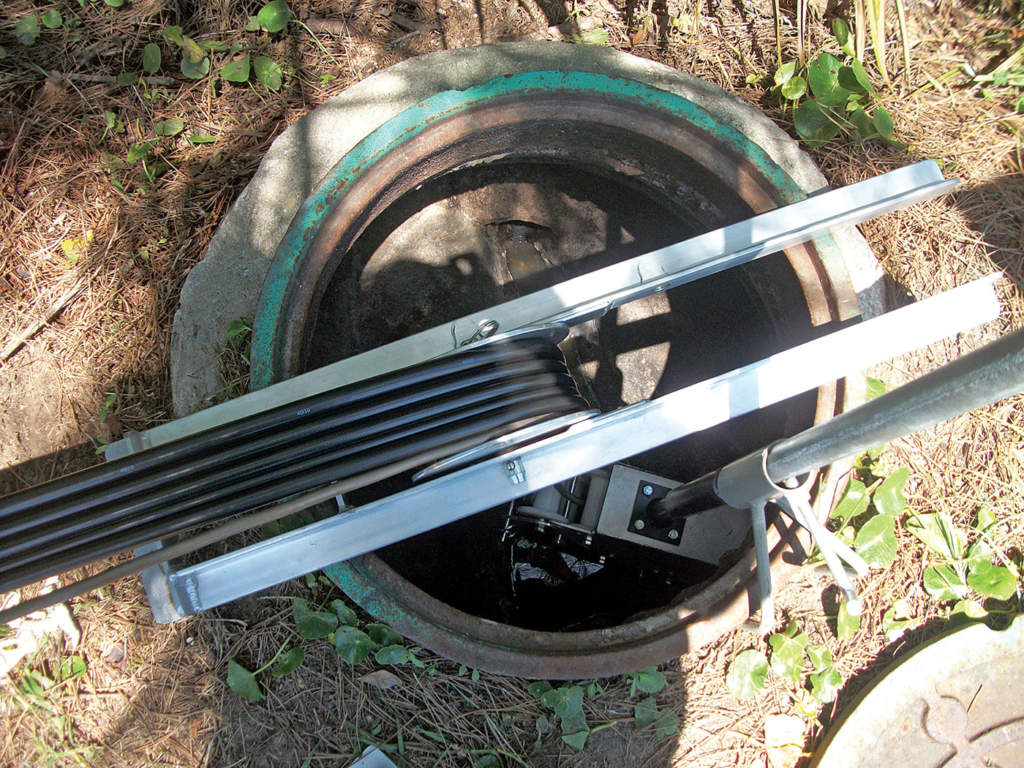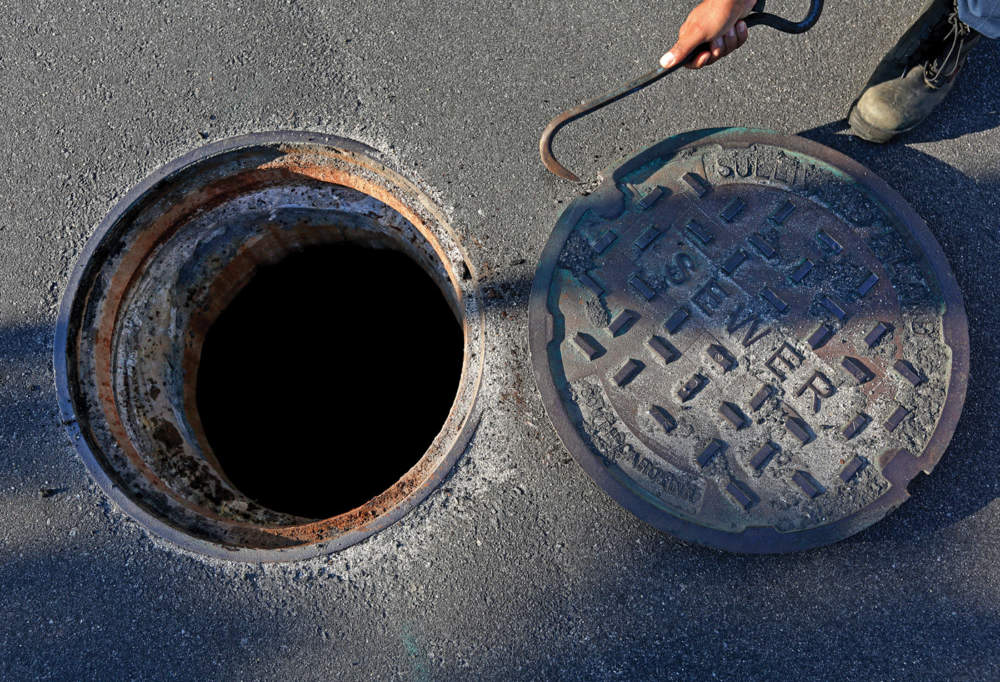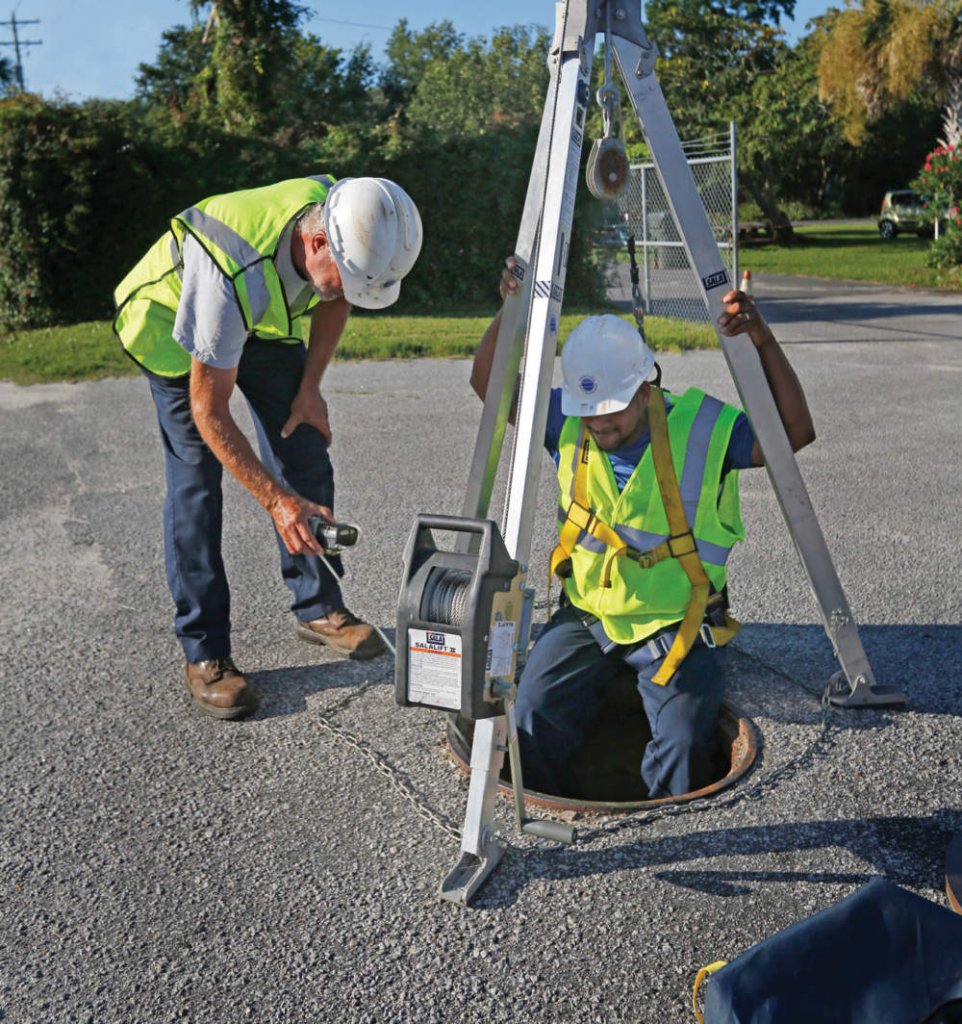In a perfect world, average daily flow to the wastewater treatment plant on Sullivan’s Island, South Carolina, would be 182,000 gpd. That’s what the utility distributes daily in potable water and, theoretically, should receive back through its closed collections system.
However, the actual flow to the plant averages 552,000 gpd, according to Greg Gress, who manages the island’s water and sewer department. The 370,000 additional gallons enters the system through bad connections (inflow) and cracked or otherwise faulty pipe (infiltration). To begin to stem this invasive tide of I&I, Gress championed a trenchless pipeline repair solution — injection of chemical grout.
Grouting of utility lines has been around for more than a half-century. What made Gress’ initiative noteworthy was that he opted to grout first and resort to point repairs and lining of existing pipe only when there was no other choice. He felt he had good reasons to proceed in this fashion and the initial phase of the repair project has borne out his reasoning.
Learn more about how Bio-Nomic got involved at this I&I Magazine article.









